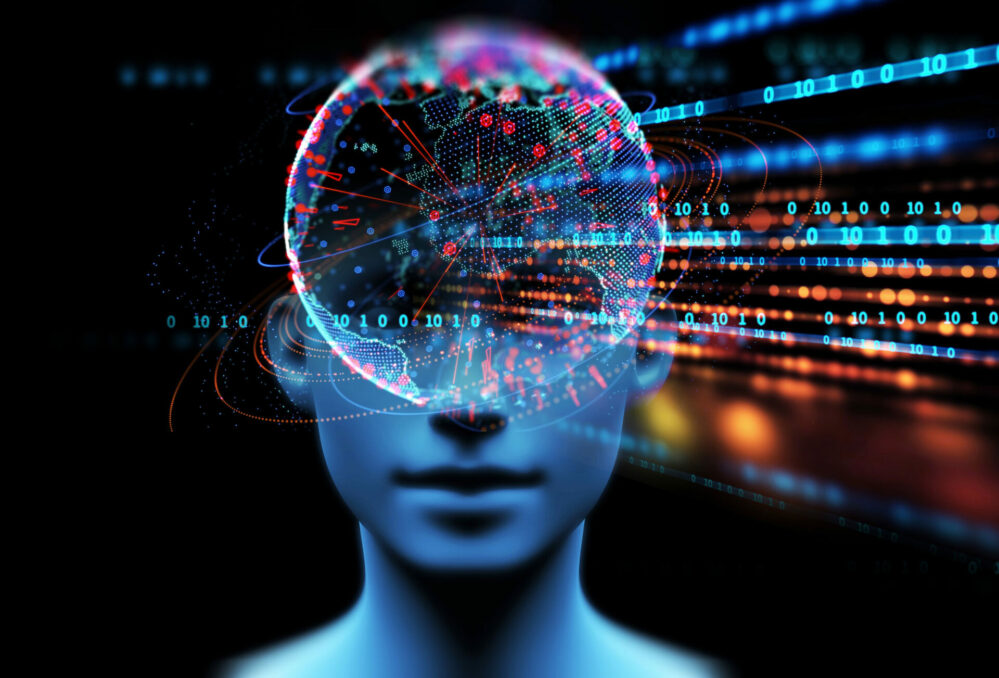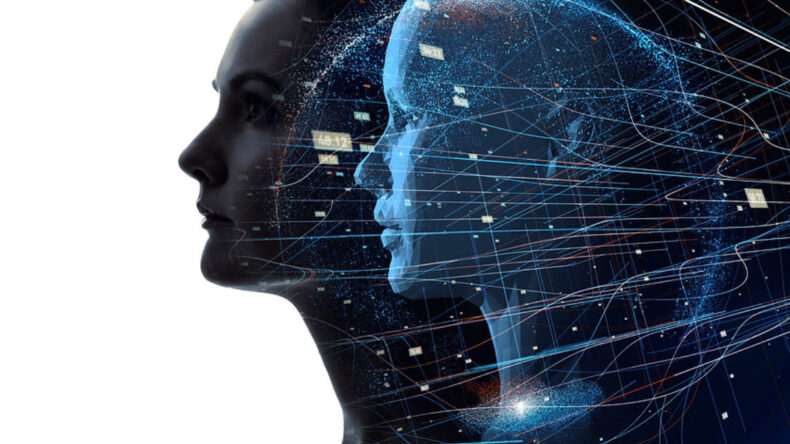The field of AI has experienced significant advancements in the past decade, and one of the latest additions to its repertoire is generative AI. This technology, which includes algorithms like ChatGPT, has already begun making waves in various industries. However, there is an ongoing debate about whether generative AI can truly replace human creativity or if it is merely another tool in the creative process.
Generative AI, refers to algorithms that can generate new content such as audio, code, pictures, text, simulations, and videos. Its potential to revolutionize the creative industry is undeniable, as it can generate original visual and textual content, making it a valuable tool for creative professionals. As AI technology continues to advance, more and more creatives are incorporating generative AI into their work.
Let’s take a closer look at some examples of how generative AI is being used in the creative industry. In videography and photography, professionals can utilize generative AI to determine the best camera angles, lighting setups, and special effects. This technology has been embraced by filmmakers worldwide, as evidenced by the Seinfeld spoof comedy “Nothing, Forever,” which employs generative AI to generate the script and has garnered a substantial following.
Generative AI also plays a role in music creation. Music producers can use this technology to generate new melodies, chord progressions, and percussion patterns, allowing them to explore new musical styles and experiment with sounds more efficiently.
In the realm of writing, businesses are increasingly using AI to produce content. Journalists and creative writers benefit from generative AI’s ability to generate unique ideas, summaries, headlines, and even complete scenes, enabling them to create more engaging material in less time.

Fashion designers, operating in a highly competitive industry, have also embraced generative AI to develop unique designs, patterns, and even entire garments. By incorporating generative models into their design process, fashion designers can create more original and boundary-pushing designs that would be challenging to achieve manually.
Visual arts are another area where generative AI is making an impact. Artists, photographers, and graphic designers can utilize generative AI models to generate new images or edit existing ones in novel ways. For instance, OpenAI’s DALL-E can produce high-quality, unique images based on written descriptions, allowing visual artists to create and manipulate images in ways that were previously difficult or even impossible.
While generative AI is a powerful tool for creating original and captivating content, it cannot replace human creativity for several reasons. Firstly, generative AI algorithms rely heavily on the data on which they are trained. They generate content based on statistical patterns learned during training, rather than comprehending or interpreting the meaning behind the data. Consequently, generative AI cannot develop material that truly captures human thoughts or feelings.
Moreover, AI lacks the same level of spontaneity and intuition that humans possess. While it can generate new material, it is primarily based on modifications of existing works rather than generating entirely fresh ideas. AI also lacks the ability to think outside the box and is constrained by the limitations of its training data.
Another significant limitation of AI is its lack of emotional intelligence. Humans can infuse their creative works with emotions, creating art that not only conveys a message but also resonates with the audience on an emotional level. Although generative AI can develop compelling material, it often fails to fully appreciate the emotional impact of its works, leading to content that may appear written by a person but lacks emotional connection.
Understanding the context in which a work of art is created is crucial to human creativity. Each piece of art has a contextual foundation rooted in historical, cultural, and social relevance. While AI can be programmed with some contextual knowledge, it cannot completely grasp, respond to, or mimic the complexity of human













